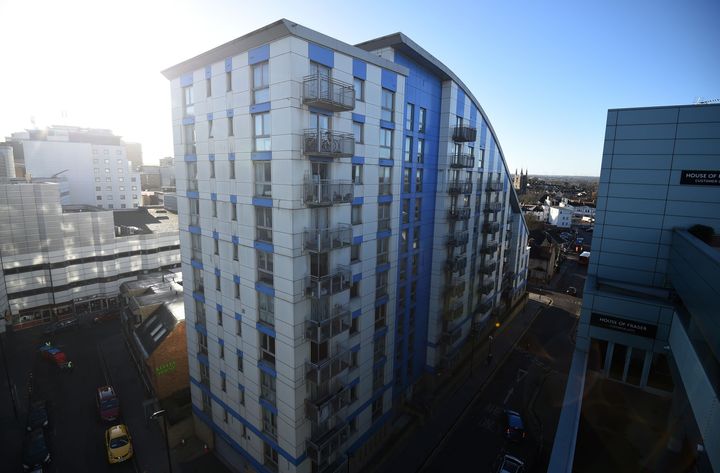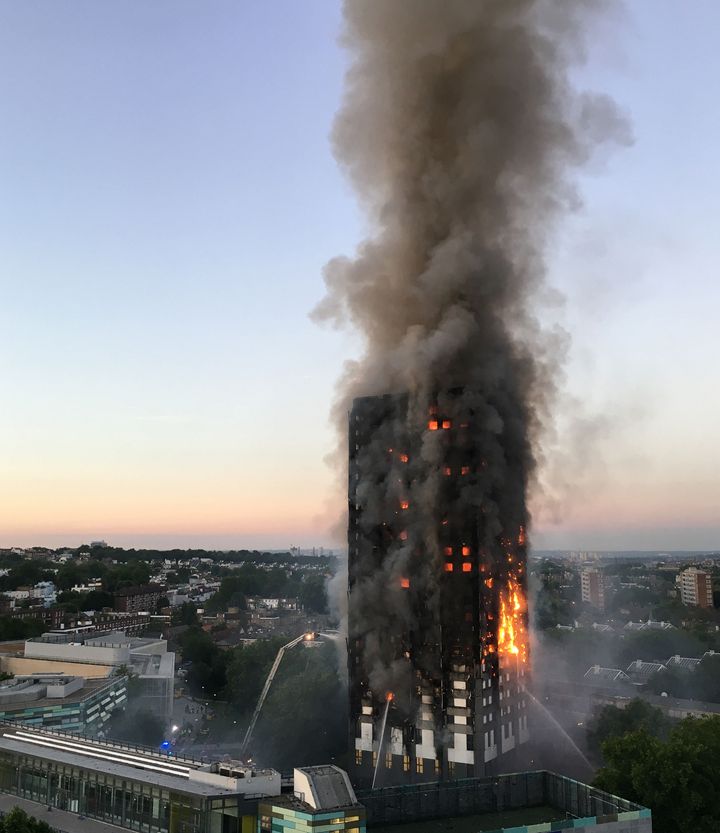
The number of privately-owned tower blocks which tested positive for dangerous Grenfell-style cladding has more than doubled, the government has admitted.
In a shock statement published just hours before England’s World Cup clash with Belgium on Thursday, ministers admitted the number of buildings with the dangerous casing has climbed from 138 last month to 297 this month.
Including the figures for housing associations and councils, there are 470 high-rise buildings with the dangerous cladding on, and just 20 have seen the casing removed.
Communities Secretary James Brokenshire has launch a taskforce to help councils identify the type of cladding in use on private tower blocks higher than 18 metres (60ft).
But new figures on official test results suggest the scale of the problem could be much bigger than previously thought.
It comes two weeks after the one-year anniversary of the Grenfell Tower fire, which claimed the lives of 72 people in one of the worst peace time disasters to befall the UK.
John Healey, Labour’s shadow housing secretary, said the government had attempted to bury bad news when all eyes were likely to be on the football.
“This shock rise in tower blocks with unsafe cladding must be a wake-up call to ministers,” he added.
“Worse still, this report confirms fewer than one in 20 of 470 dangerous buildings have had this dangerous cladding removed and replaced. No wonder ministers tried to bury this bad news by releasing the report just before kick-off in the England-Belgium match.”

Healey said ministers “off the pace at every stage” in their response to the tragedy.
He added: “They’re still not doing enough to ensure people are safe. Ministers must now set a deadline to make all blocks safe and take all steps necessary to see the work is done.”
It is still uncertain who will pay for the work on privately-owned buildings after some owners refused to meet the cost.
The areas with the highest number of buildings with dangerous cladding (11 or more) were mainly in London. They are Brent, Newham, Bristol, Salford, Greenwich, Tower Hamlets, Leeds, Wandsworth, Manchester and Westminster.
Those with six to ten buildings were Barnet, Islington, Nottingham, Bradford, Lambeth, Sheffield, Camden, Liverpool, Southwark, Hackney, Merton, Haringey, and Newcastle upon Tyne.
As part of its written statement, the government said: “Fire and rescue services have been informed about all these buildings and are working with building owners to ensure these buildings are safe by putting in place interim measures if necessary.”
The Ministry of Housing, Communities and Local Government also hit back at Healey’s claim the statement was rushed out before the World Cup clash.
A spokesman said: “These claims are nonsense.
“This is a monthly update that was published in the normal way. A statement was also made to parliament.”
